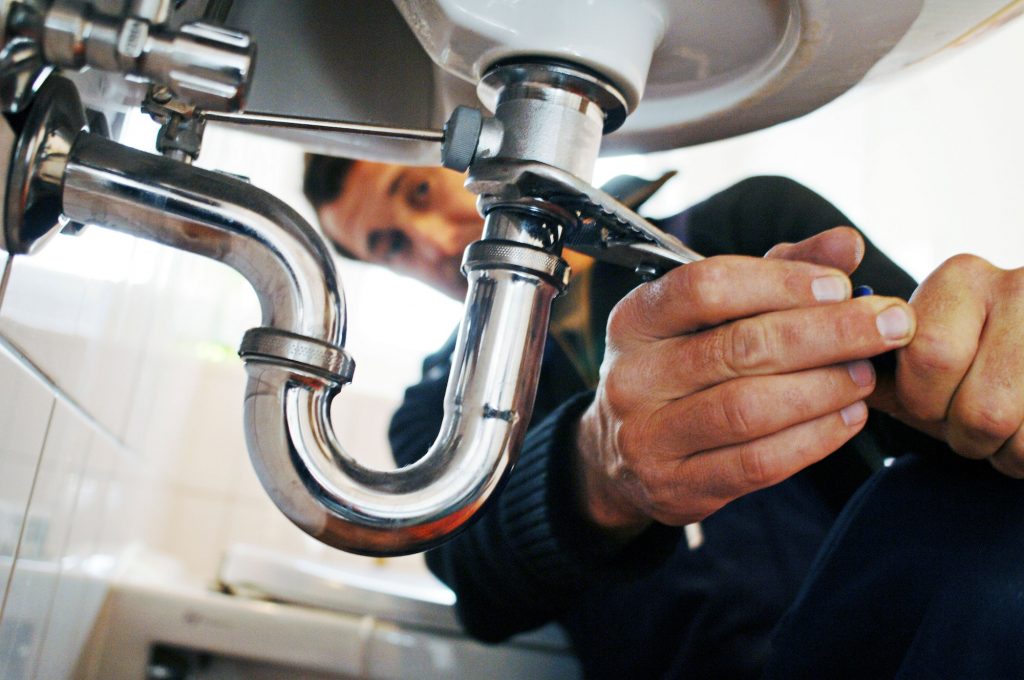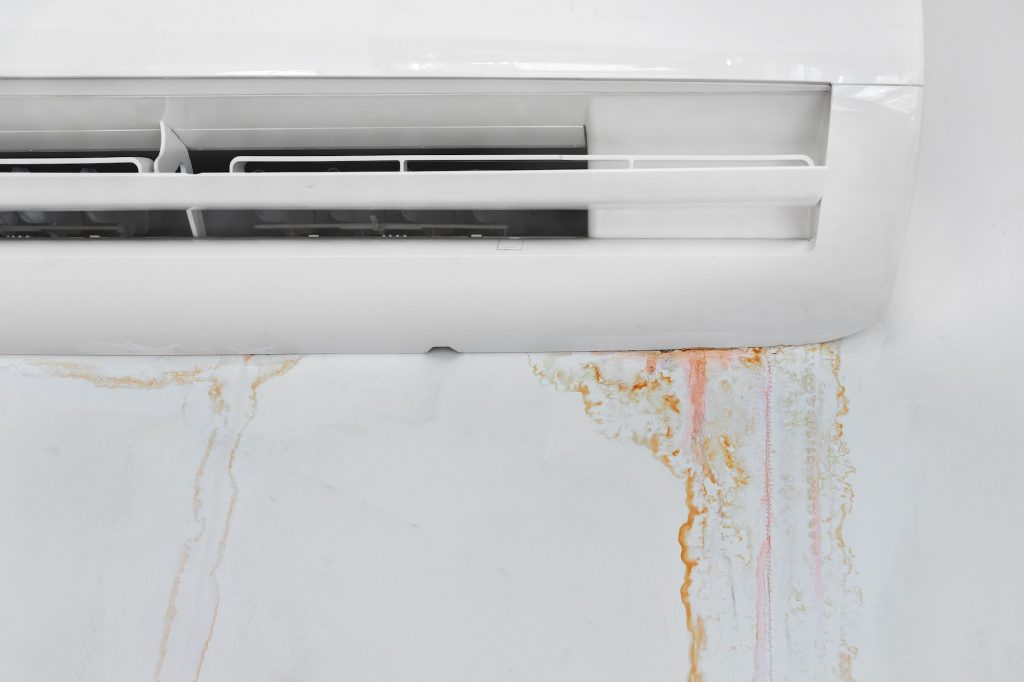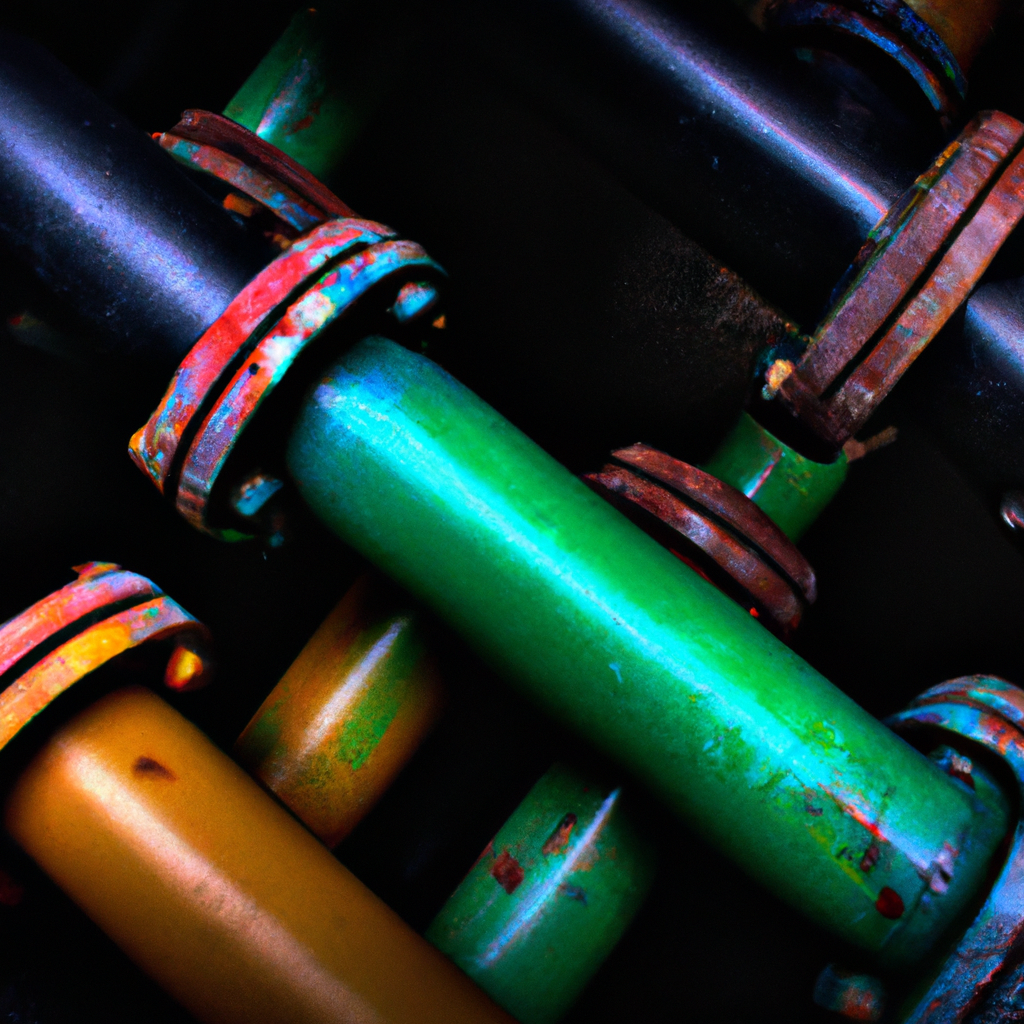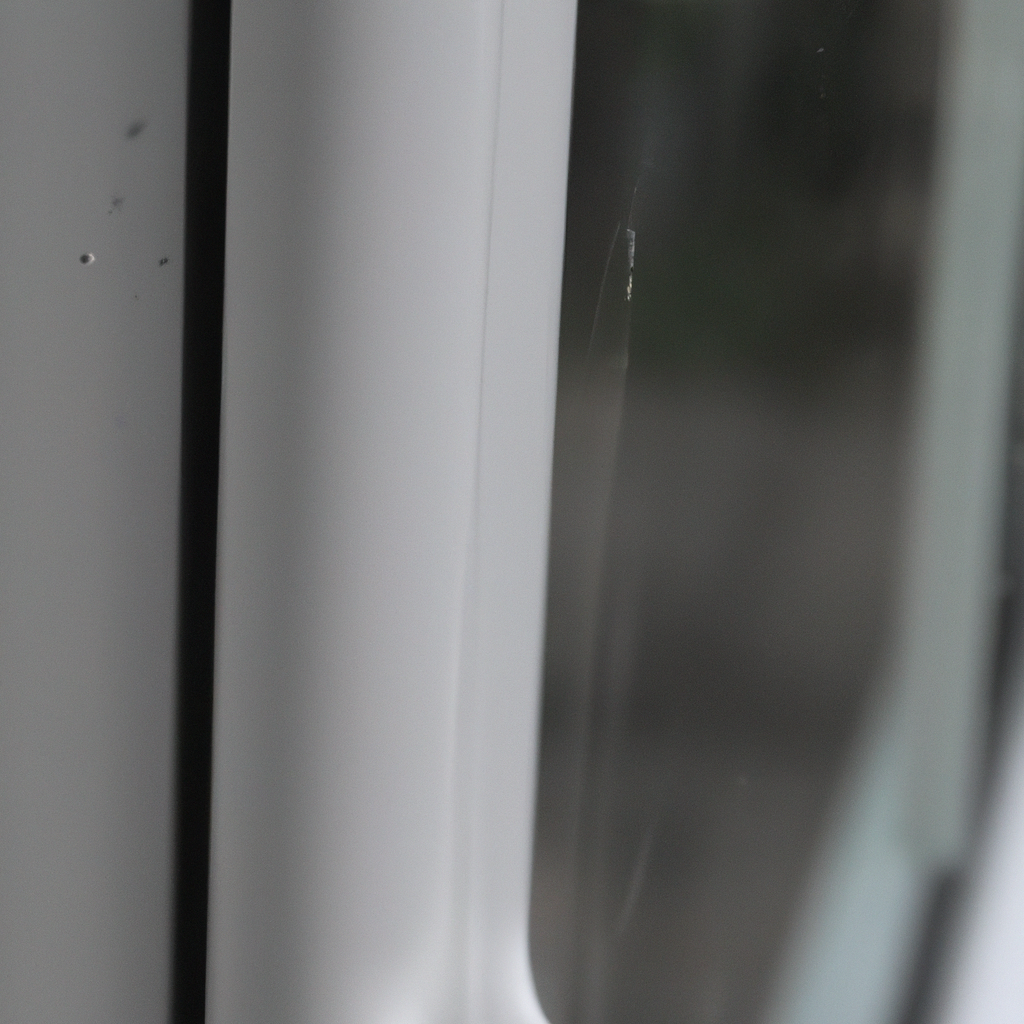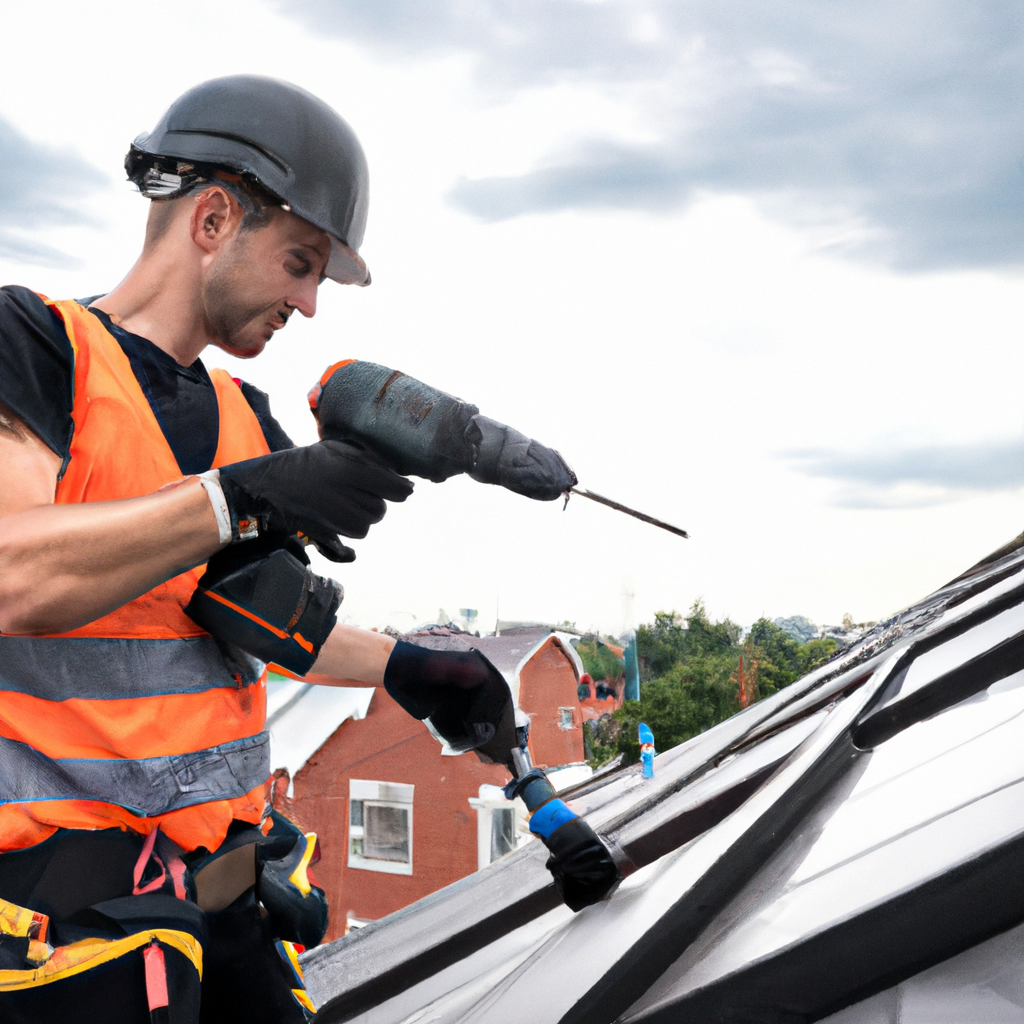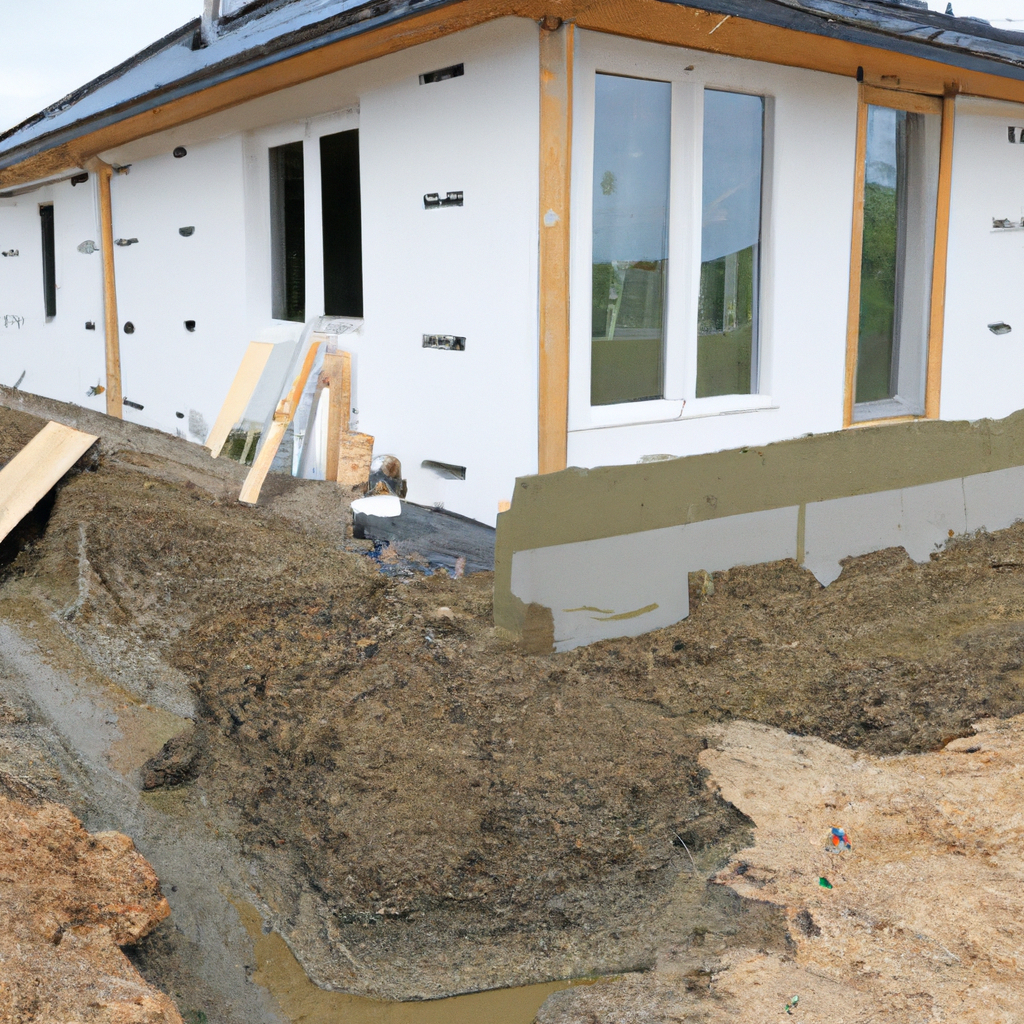Water pressure is an essential component of any functioning plumbing system, and low water pressure can be a frustrating issue to deal with. Many homeowners experience low water pressure, but the problem can be difficult to diagnose and even harder to fix. In this article, we’ll explore the common causes of low water pressure, how to diagnose the issue, and steps you can take to fix it.
What Causes Low Water Pressure?
There are several common causes of low water pressure in a home plumbing system. Some of the most common causes include:
Clogged Pipes
Over time, pipes can become clogged with mineral deposits, rust, and other debris. This can restrict water flow and lead to low water pressure. If you suspect that clogged pipes are the cause of your low water pressure, you may need to have your pipes cleaned or replaced.
Leaky Pipes
Leaky pipes can also cause low water pressure. When pipes leak, water is diverted away from its intended destination, leading to reduced water pressure. If you suspect that leaky pipes are the cause of your low water pressure, you may need to have your pipes repaired or replaced.
Faulty Fixtures
Faulty fixtures, such as showerheads and faucets, can also cause low water pressure. If the fixtures are old or damaged, they may need to be replaced.
Municipal Water Supply Issues
Sometimes, low water pressure is caused by issues with the municipal water supply. This can include maintenance or repairs being done on the water supply system, or an increase in demand for water in the area. If you suspect that the municipal water supply is causing your low water pressure, contact your local water authority for more information.
How to Diagnose Low Water Pressure
Before you can fix low water pressure, you need to diagnose the issue. Here are some steps you can take to diagnose low water pressure:
Check All Faucets and Fixtures
Check all of the faucets and fixtures in your home to see if they are experiencing low water pressure. If only one fixture is experiencing low water pressure, the issue may be with that fixture specifically. If all of the fixtures in your home are experiencing low water pressure, the issue is likely with your plumbing system.
Check the Water Meter
Check your water meter to see if it is indicating a water leak. If the meter is running even when no water is being used in your home, you may have a leak that is causing low water pressure.
Check the Shut-Off Valve
Check the shut-off valve to see if it is fully open. If the valve is partially closed, it can restrict water flow and lead to low water pressure.
Steps to Fix Low Water Pressure
Once you have diagnosed the issue causing low water pressure, you can take steps to fix it. Here are some steps you can take to fix low water pressure:
Clean Your Pipes
If clogged pipes are causing low water pressure, you may need to have your pipes cleaned. A plumber can use a specialized tool to remove mineral deposits, rust, and other debris from your pipes, restoring water flow and pressure.
Repair or Replace Leaky Pipes
If leaky pipes are causing low water pressure, you may need to have your pipes repaired or replaced. A plumber can locate the source of the leak and either repair the damaged section of pipe or replace the entire pipe.
Replace Faulty Fixtures
If faulty fixtures are causing low water pressure, you may need to replace them. A plumber can help you select new fixtures that will provide adequate water pressure and flow.
Contact Your Local Water Authority
If the issue is with the municipal water supply, contact your local water authority for more information. They can provide updates on any maintenance or repairs being done on the water supply system, or let you know if there is an increase in demand for water in your area.
Conclusion
Low water pressure can be a frustrating issue to deal with, but it can be fixed. By diagnosing the issue causing low water pressure and taking steps to fix it, you can restore water flow and pressure to your home plumbing system. If you are unable to diagnose or fix the issue on your own, don’t hesitate to contact a qualified plumber for assistance.

